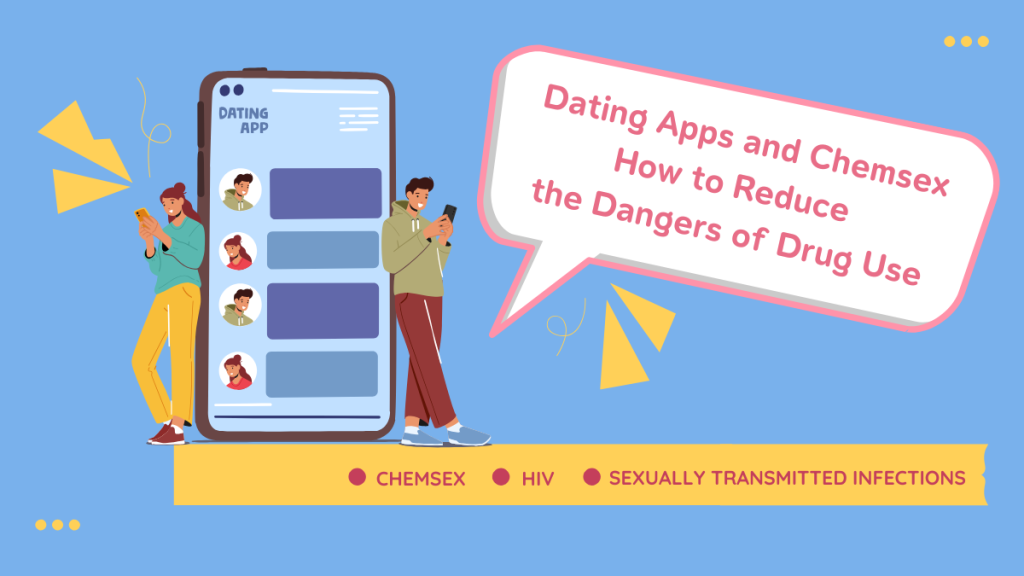In the digital age, where technology plays an increasing role in our daily lives, online dating apps have become a primary way for people to meet and build relationships. However, they also carry risks and health impacts that we should be aware of and understand, especially when linked to drug use behaviors in the context of sexual encounters, commonly referred to as Chemsex. Here, we explore the impacts involved, along with ways to manage the issues to promote better understanding.
Benefits and Risks of Online Dating Apps
Convenience in Meeting People
One of the standout advantages of online dating apps is the convenience they offer, allowing users to meet others anywhere and anytime without needing to meet face-to-face immediately. Here are some related benefits:

- Chatting Anytime, Anywhere: Dating apps allow users to communicate at any time, no matter where they are, making it easy to converse and decide freely.
- Opportunities to Meet Like-Minded People: Most apps have features that let users specify their interests or preferences in finding a match, increasing the chances of meeting people with similar interests or outlooks.
- Saving Time on Initial Introductions: Talking via an app enables users to get to know each other initially before meeting in person, saving time when deciding if the person they are chatting with is a good match.
Control and Safety
Online dating apps give users control over how much personal information they share and offer options to mitigate initial risks. Here are some related advantages:
- Ability to Choose What Personal Information to Share: Users can decide what information to share or keep private, enhancing privacy and reducing the risk of overexposure.
- Screening and Reporting Inappropriate Users: Most apps allow users to report those displaying inappropriate behavior, like aggressive or harassing messages, helping users protect themselves from unsuitable contacts.
- Immediate Blocking or Disconnecting: If users feel uncomfortable, they can block or stop interacting with the other person instantly without fear of being pursued or tracked further.
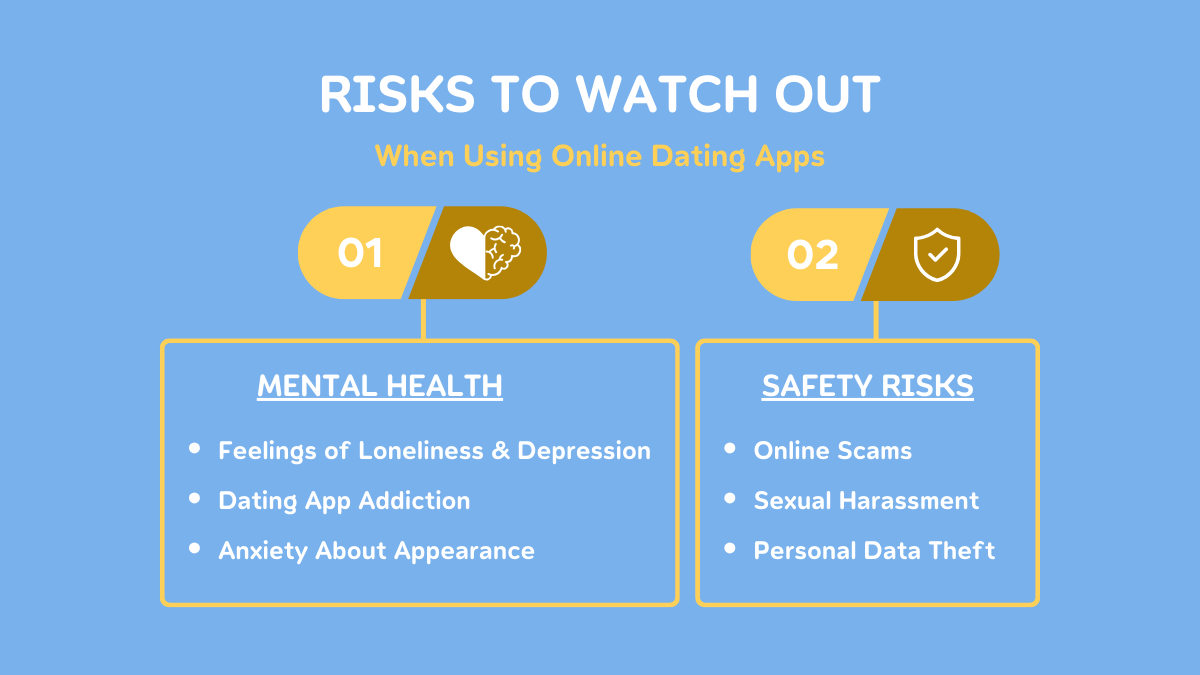
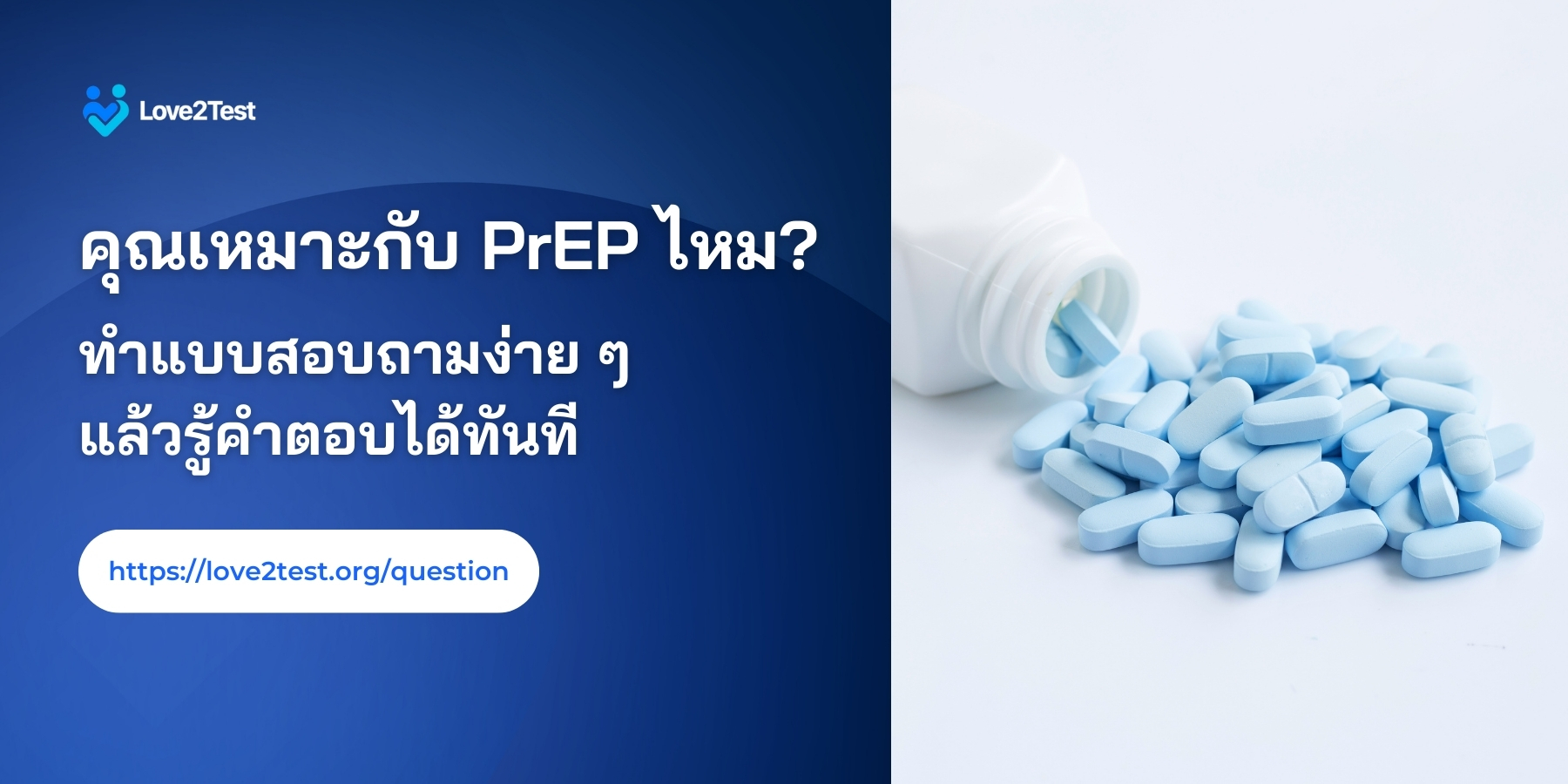
Risks to Watch Out for When Using Online Dating Apps
Mental Health Risks
While online dating apps have their advantages, they also pose mental health risks that users should be aware of, such as:
| Feelings of Loneliness and Depression from Rejection | Being rejected or not receiving responses can make users feel lonely or depressed, especially if they use the app frequently and have high expectations for each conversation. |
| Dating App Addiction | Constantly swiping through profiles or chatting can lead to app addiction, causing users to feel unsatisfied with meeting new people in real life. |
| Anxiety About Appearance and Acceptance | The pressure to create an attractive profile and maintain a good image to get responses may cause anxiety about one’s appearance and an excessive need for acceptance from others. |
Safety Risks
Since using online dating apps involves sharing personal information and communicating with unfamiliar individuals, there are safety risks to be cautious of, such as:
| Online Scams | Users may encounter people using false information or with fraudulent intentions, like tricking them into transferring money or asking for help under false pretenses, which could lead to financial loss. |
| Sexual Harassment | Meeting someone new from an app could increase the risk of becoming a victim of sexual harassment. It’s advisable to inform friends or family before meeting new people to enhance safety. |
| Personal Data Theft | Over-sharing personal information on the app could lead to misuse of that data or expose one to the risk of personal information theft. |

Understanding Chemsex
Many people may have heard of the term Chemsex, which involves using drugs to enhance excitement and pleasure during sexual activities. Chemsex has become a widely discussed topic, especially among those who use online dating apps for quick and convenient meetups.
What is Chemsex?
Chemsex refers to the use of certain drugs like Methamphetamine (Ice), GHB (Gamma-HydroxyButyrate), and Ketamine, each of which affects the body and mind differently. The main goal of using these substances is to increase arousal and allow for a prolonged and more intense sexual experience.
Methamphetamine
Methamphetamine, commonly known as “Ice,” is a stimulant that boosts energy and alertness. When used in sexual contexts, it can make users feel excited and highly satisfied, intensifying the sexual experience. However, Ice comes with serious side effects, such as a rapid heartbeat, high blood pressure, and a high risk of addiction, leading to the dangers of overdose and other health issues.
GHB (Gamma-HydroxyButyrate)
GHB, sometimes referred to as a “sleep drug,” is used in Chemsex to create a feeling of euphoria, reducing inhibitions, and encouraging experimentation and pleasure during sexual activities. However, GHB is a highly dangerous substance, as it can cause loss of consciousness. If taken in excessive amounts, it can lead to unconsciousness or even be fatal.
Ketamine
Ketamine an anesthetic used in medical settings, is used in Chemsex to create a feeling of dissociation from reality, allowing users to feel as though they are in a different world, which some seek for unique sexual experiences. Although it can create a sense of euphoria, Ketamine also has severe physical and mental side effects, such as hallucinations and long-term issues with cognition and memory.
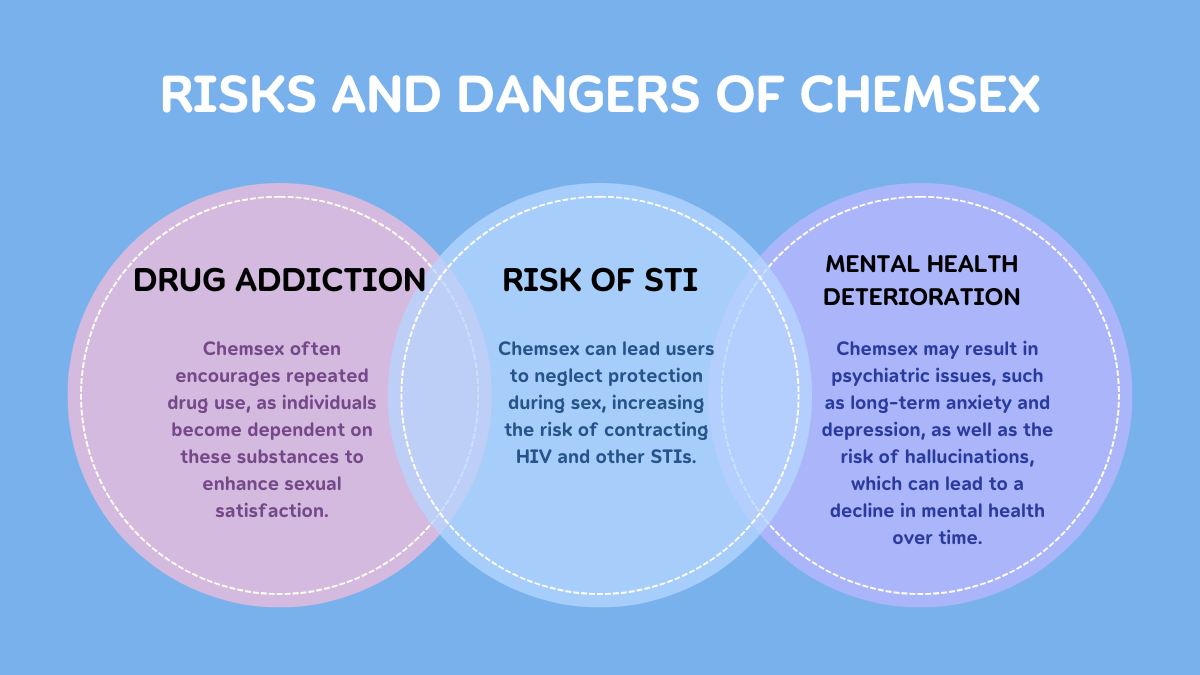
Risks and Dangers of Chemsex
While the drugs used in Chemsex may enhance the sexual experience, they also carry serious side effects that can lead to long-term health issues, including:
Drug Addiction
Chemsex often encourages repeated drug use, as individuals become dependent on these substances to enhance sexual satisfaction.
Risk of Sexually Transmitted Infections (STIs)
Chemsex can lead users to neglect protection during sex, increasing the risk of contracting HIV and other STIs.
Mental Health Deterioration
Chemsex may result in psychiatric issues, such as long-term anxiety and depression, as well as the risk of hallucinations, which can lead to a decline in mental health over time.
The Role of Dating Apps in Chemsex
Dating apps have made it easier and faster to meet new people and arrange encounters. Popular apps like Grindr, Tinder, Hornet, and Blued are widely used among LGBTQ+ groups and others. These apps have location-based features that allow users to find people nearby, making them a common channel for chemsex participants to meet for drug exchanges and sexual activities. While these apps aren’t specifically designed for organizing Chemsex, their convenience and speed make it challenging to avoid this use. The ease of meeting people with just a few clicks has contributed to the spread of drug use and chemsex activities.
Prevention and Risk Reduction in Chemsex
1. Using Condoms and PrEP to Prevent HIV Transmission
Condoms are a key method for reducing the risk of HIV and other sexually transmitted infections (STIs). They help minimize the transmission of infections by preventing direct contact with bodily fluids during sex. Additionally, PrEP (Pre-exposure prophylaxis) is another effective measure for reducing HIV risk. When taken consistently and correctly, PrEP is highly effective in preventing HIV. Those at risk, such as individuals engaging in Chemsex, should consider PrEP as part of their protection strategy.
2. Limiting Drug Use and Staying within Safe Dosages
Drug use in Chemsex can increase the risk of overdose or addiction. Knowledge about safe dosages and the risks associated with each drug helps reduce potential harm. It’s advised to avoid mixing multiple drugs and to limit consumption to amounts the body can safely handle. If someone experiences issues with drug use, they should seek information from reliable sources or consult a specialist to learn safe practices and obtain proper guidance.
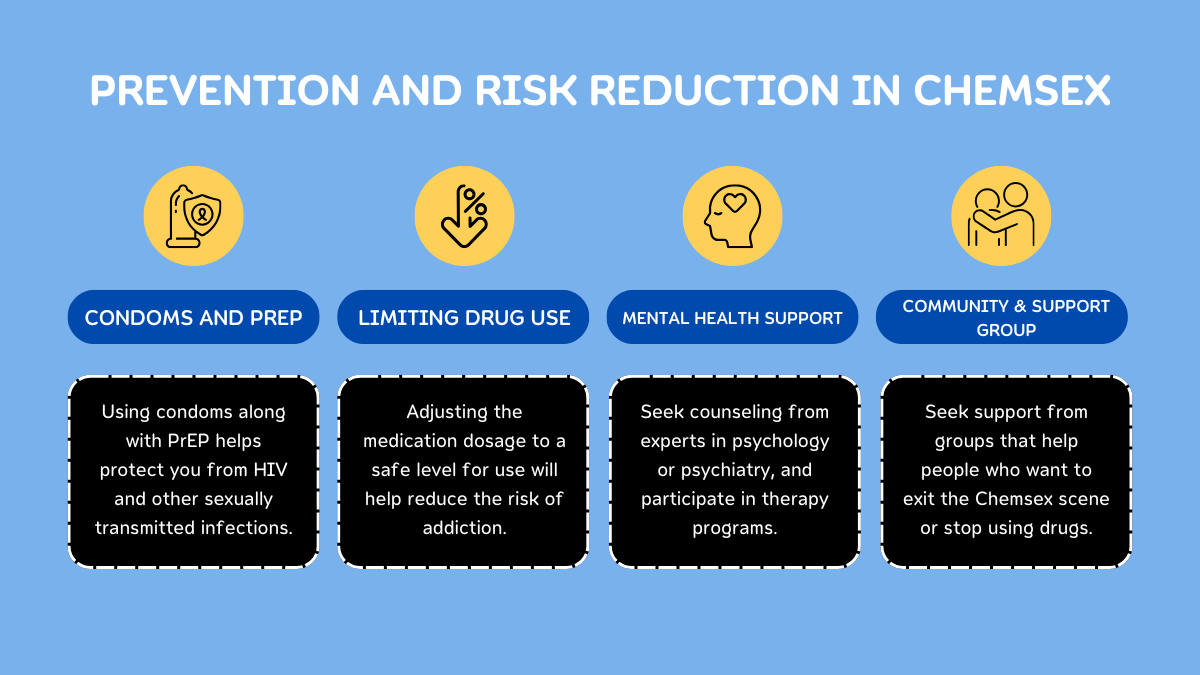
3. Mental Health Support through Counseling
Chemsex can negatively impact mental health, potentially causing stress, anxiety, or depression. If someone feels mentally affected by Chemsex, seeking advice from a mental health professional can be beneficial. Therapy and counseling programs offer pathways to mental recovery and provide tools to manage challenges associated with drug use and Chemsex.
4. Community and Support Group Assistance
Having access to supportive communities or groups can be vital for individuals wanting to leave the Chemsex scene. These support groups can offer guidance, a safe environment, and the encouragement needed to transition away from drug use. Additionally, they provide valuable counseling to help users understand suitable treatment and health restoration methods. A community where people can openly discuss Chemsex creates an environment for sharing experiences and mutual support. Joining a support group not only builds motivation for starting a safer lifestyle but also offers a pathway toward a healthier and more positive future.
Promoting Knowledge and Creating a Safe Environment on Dating Apps
Dating apps like Grindr, Tinder, and Hornet are not just platforms for meeting potential partners. They can also serve as valuable sources of accurate health information for users. This is especially important for topics related to Chemsex and the prevention of sexually transmitted infections (STIs), which are critical issues affecting the app-using community.
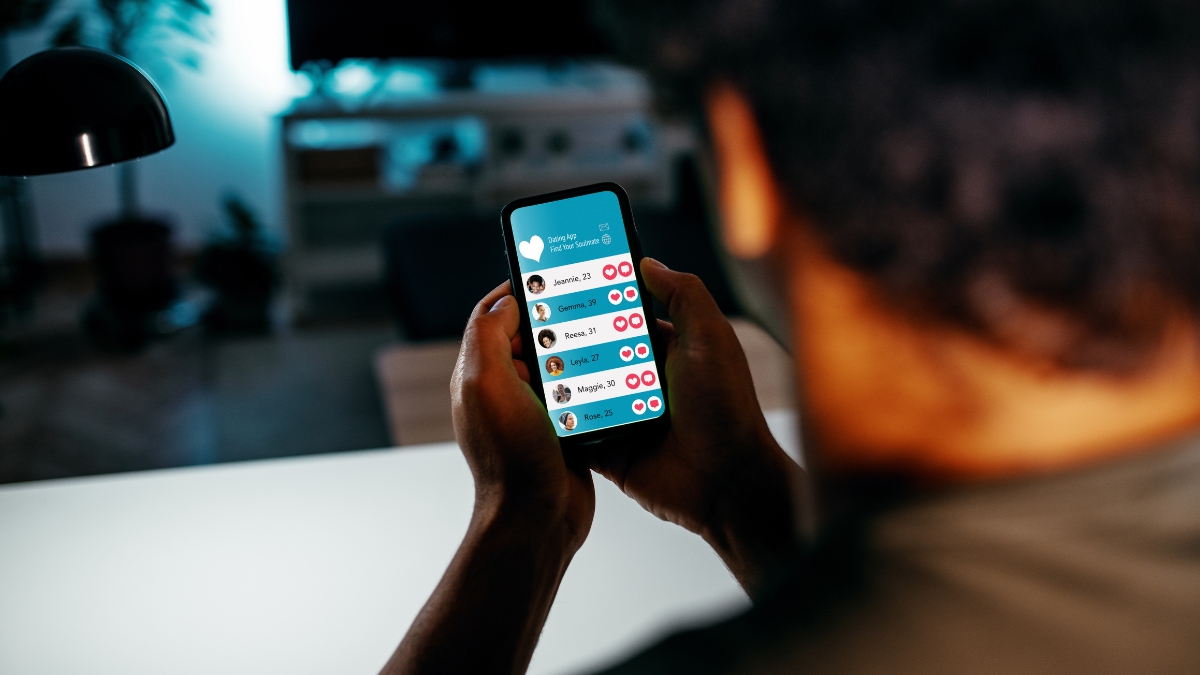
To make dating apps a safer, health-supportive space, app developers should consider incorporating features that educate and support users in managing health risks. Here are some recommendations for app improvements:
Providing Health and Safety Information
Dating apps can include features that educate users about substance use and sexual health. This could involve articles, videos, or resources explaining the risks and impacts of Chemsex. As well as preventative measures like condoms and PrEP for HIV prevention. By integrating these resources, users gain a better understanding of how to protect their health.
Adding Options for Seeking
Help Apps should provide easy-access options for users to seek help or connect with professionals. This could include adding features for accessing health guidance, or displaying information about local health services. Mental health support, and substance use recovery resources. Apps could also list contact information for emergency support or organizations. Where users can get mental health advice or Chemsex-related counseling.
Creating an Online Support Community
Establishing a safe, supportive online community within dating apps is another way to reduce Chemsex-related risks. These online communities could offer educational events or create spaces where users can talk, seek advice. Share experiences without fear of judgment. By fostering a space for mutual support, these communities empower users to make informed decisions about their health and well-being.
Related Article
- Chemsex Risky path, aware and prevention
- Using Substances for Chemsex: Learn How to Reduce the Risks
Conclusion
The use of online dating apps and Chemsex is a complex issue with multiple health implications. Being aware of the risks and protecting yourself is crucial. If you or someone close to you is facing these issues, don’t hesitate to seek help from professionals. Taking care of both physical and mental health will help us live safely and happily in the digital age.
References:
Chemsex, Identity and Sexual Health among Gay and Bisexual Men
- pmc.ncbi.nlm.nih.gov/articles/PMC9564711/
สุขดาร์คจากยาเสพติด : ความสุขที่ต้องเสี่ยง
- the101.world/dark-happiness-from-drug-addiction/
Threats to Mental Health Facilitated by Dating Applications Use Among Men Having Sex With Men
- pmc.ncbi.nlm.nih.gov/articles/PMC7691247/
